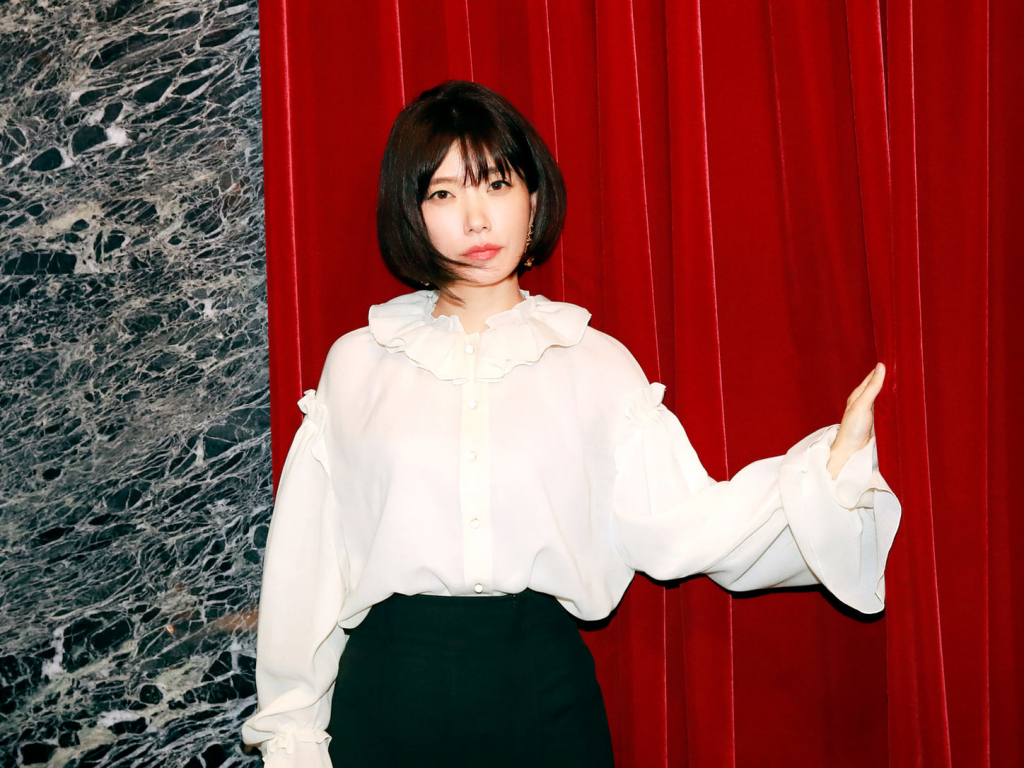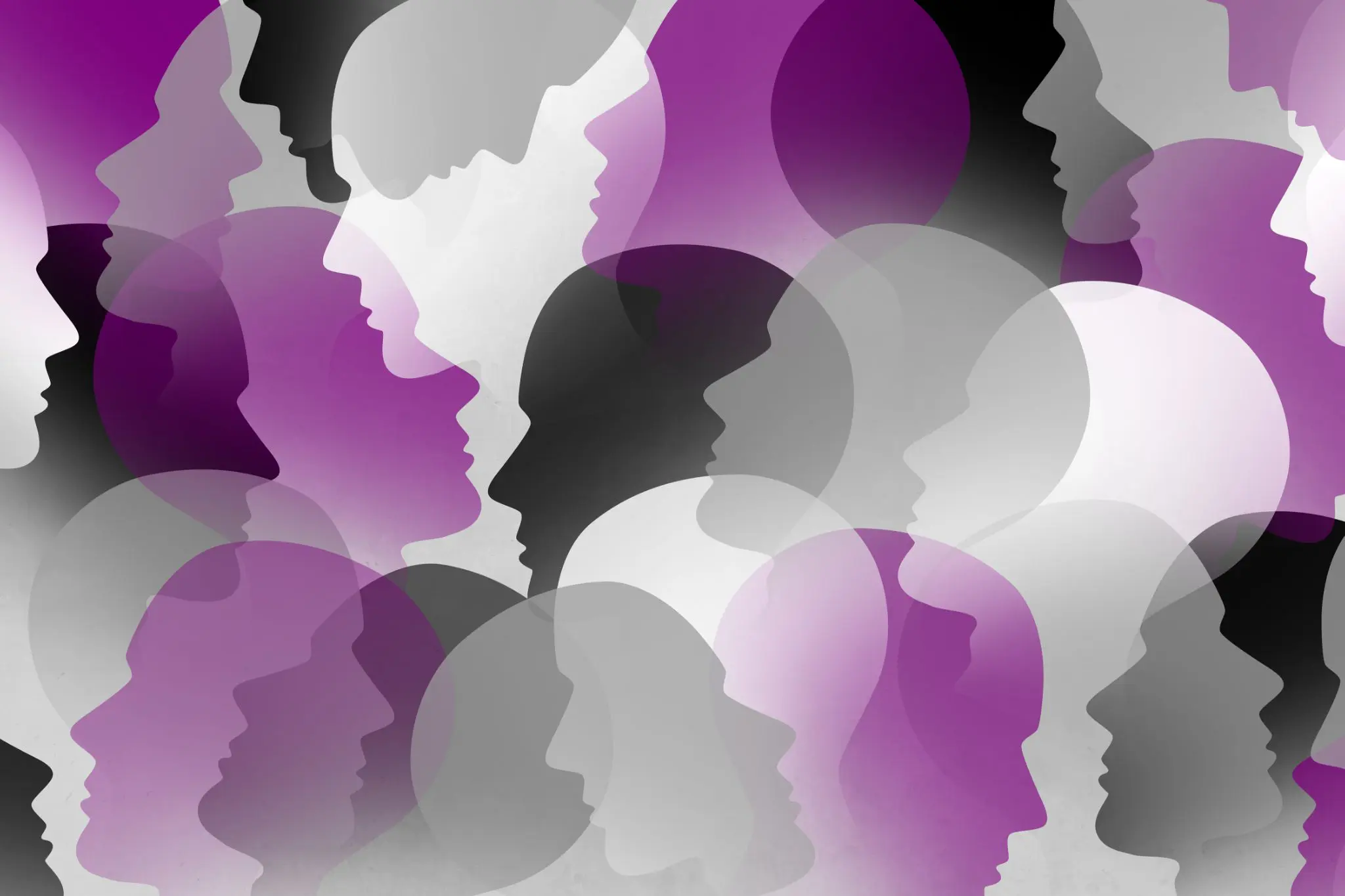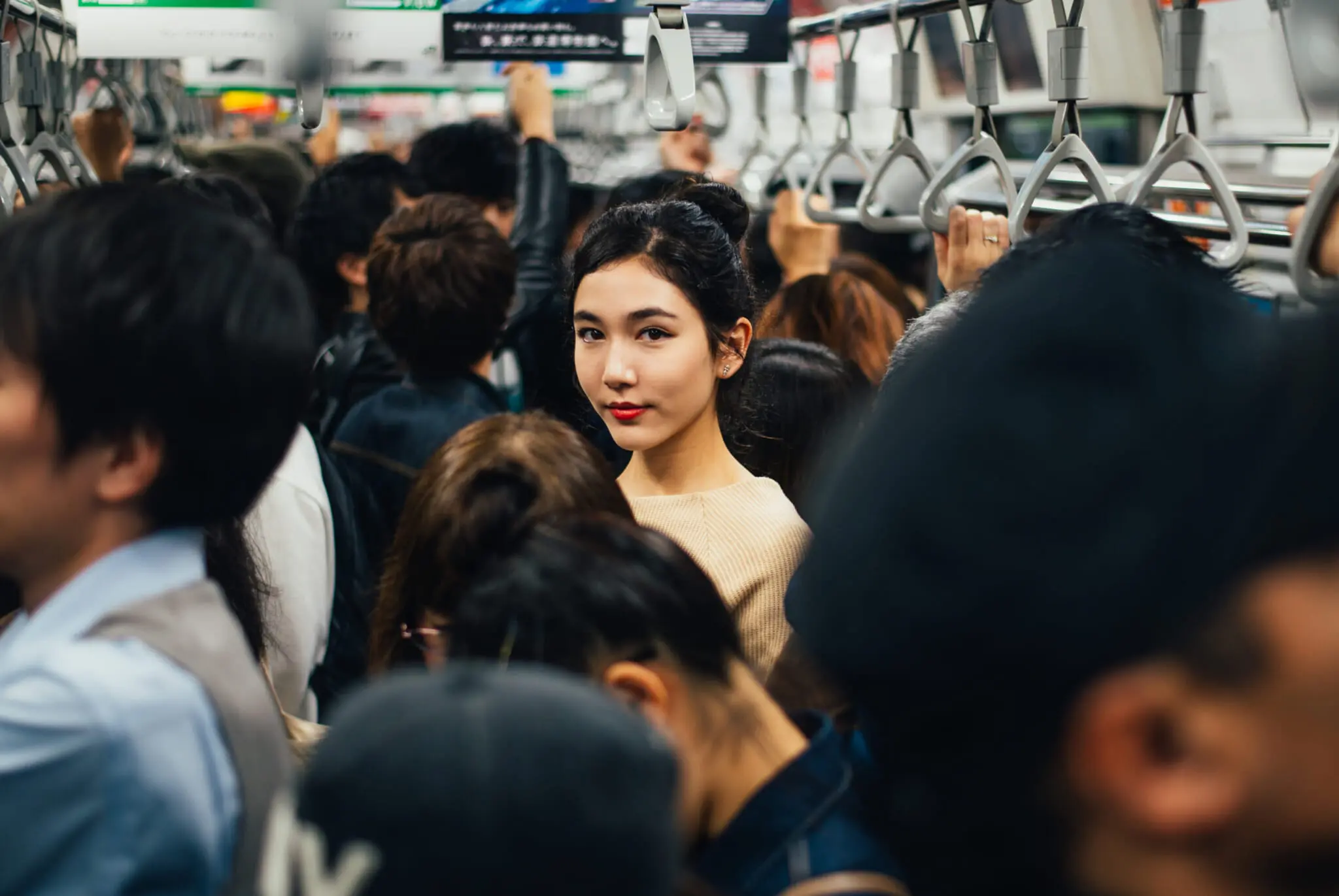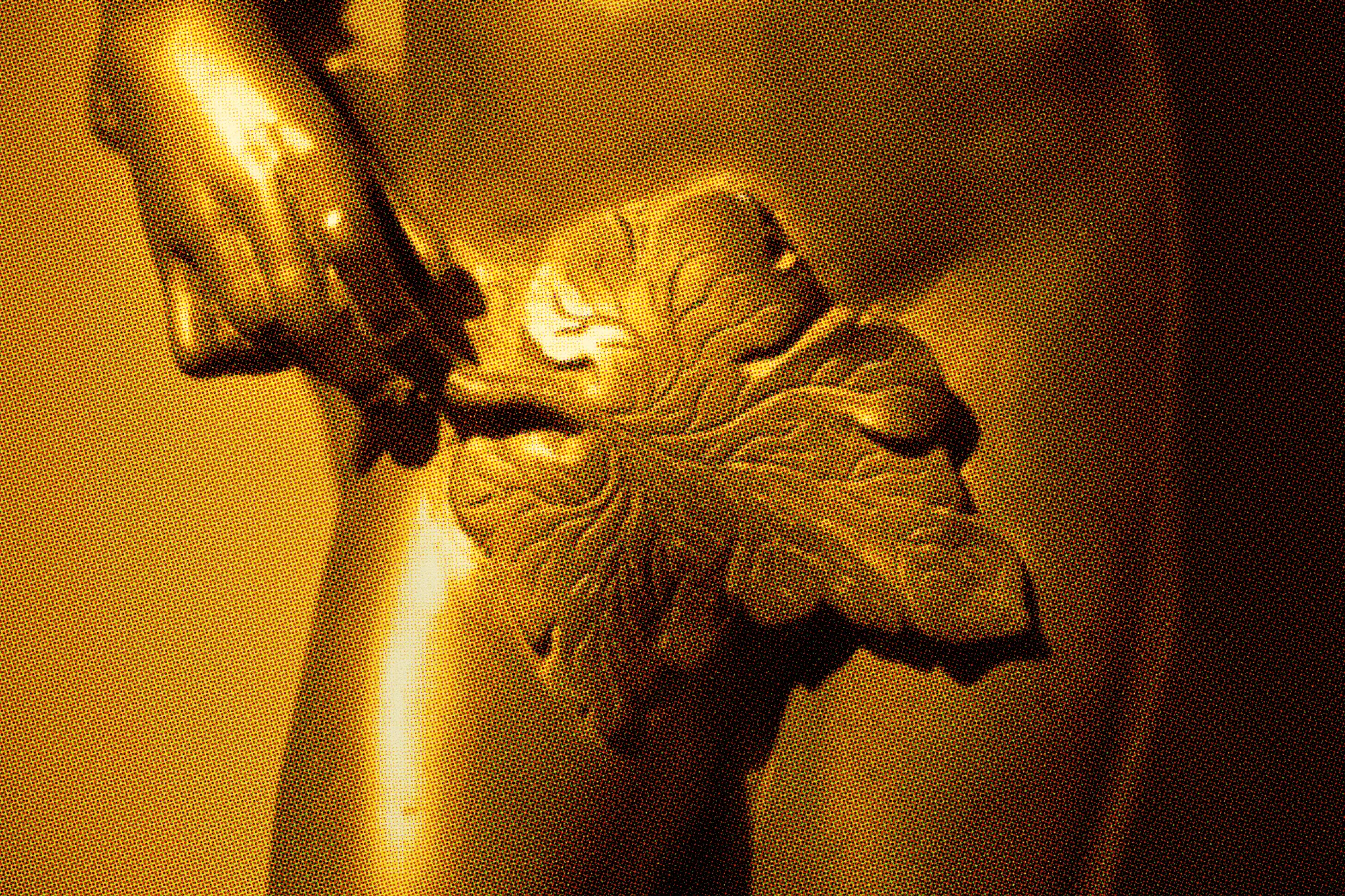There are plenty of things that strike you as you read Sayaka Murata’s Earthlings. The incest. The child abuse. The pedophilia. The cannibalism. The teenager hacking a man to death with a garden tool during a psychotic episode. And the fact that all of these elements are in service to a message you can’t help but sympathize with. So, I’ll concede that it’s a little strange to dwell on the protagonist’s sexual orientation or lack thereof.
As an adult, Natsuki, who has long felt estranged from the world — or “the Factory,” as she calls it — is asexual and cannot bear the thought of being in a marriage bound by carnal desire. It’s therefore a good thing she finds Tomoya, her eventual husband and fellow victim of childhood trauma, who’s also on the asexual spectrum. Charting Natsuki’s fraught childhood, smoke-screen marriage and romance-less love triangle, readers are taken on an absurdist journey of nonconformity that is typical of Murata’s style.
Murata’s first novel to be translated into English, the excellent Convenience Store Woman, also follows an asexual protagonist, Keiko, a middle-aged singleton who lives her life in sync with the Hiiromachi Station Smile Mart, the only place where she can comfortably adapt to the expectations placed upon her. Much like its successor, Convenience Store Woman questions the definition of normality through a central character who views sexuality as an entirely foreign concept.

Photo by Wakana Noda (Tron)
Mieko Kawakami’s Breasts and Eggs utilizes a similar theme. Nominated for the 2008 Akutagawa Prize in its original novella form and selling more than 250,000 copies in Japan to date, it’s a no-nonsense portrayal of working-class womanhood and a meditation on the morality of bearing children. The main premise is simple: Natsuko wants to bring a child into the world, but can’t stand the idea of having sex, causing her to explore surreptitious options.
The book was invariably provocative, ruffling a few feathers in Japan’s literary elite, while also receiving effusive praise at home and abroad. Authors like Haruki Murakami, who’s never excelled at rendering his own female characters in more than one dimension, spoke glowingly of Breast and Eggs, pronouncing feminist Kawakami as one of his favorite authors.
The most interesting thing here is that Natsuki, Keiko and Natsuko are not anomalies; rather, they represent a growing number of lead characters in contemporary Japanese literature who view sex as either unimportant or downright undesirable.

I’m certainly not the first to notice this trend, but I was given pause as I happened to be reading Earthlings around the time that Prime Minister Fumio Kishida broke from his traditionally monotonous rhetoric to announce that Japan was in a “now or never” moment for addressing its tumbling birth rate. The number of births dipped below 800,000 for the first time last year, putting Japan on track to drop from 125 million to 88 million inhabitants by 2065.
They say that life imitates art, but I was naturally hesitant to draw a simple cause and effect theory. That said, if an increasing number of young people in any society are asexual, or are trending towards asexuality, it poses obvious problems for procreation.
Research published in the International Journal of Japanese Sociology in 2017 found “a clear trend toward asexual behavior among young men (in their 20s and 30s). However, young women are not as asexual as the previous generation. This asexualization of men may have contributed to Japan’s sharply declining marriage and birth rates.”
A study published in the Plos One journal in 2020, which used data from the National Fertility Survey (1987–2015), revealed similar findings. The authors noted that in 2015, “around half of the singles, or 21.4 percent of all women and 25.1 percent of all men aged 18–39 years, reported no interest in romantic relationships.”
The causes have been ripe for speculation, from long working hours decreasing people’s libido to the malevolent influences of technological ubiquity and even oshikatsu. This portmanteau, nominated for Word of the Year in 2021, refers to the obsessive support of one’s favorite singer or idol, which in some cases can be virtual, potentially supplanting real-world relationships.
Such trends have also given rise to crass slang terms which delineate the sexually inclined from the sexually averse. Soushokukei, or “herbivore,” describes young people, particularly men, who have little to no interest in pursuing sex or romantic relationships; whereas nikushokukei, or “carnivore,” is a piece of imagery that speaks for itself.

The problem appears to be one of definition and interpretation. To appropriate an analogy used by Douglas Murray in The Madness of Crowds, if asexuality is viewed primarily as a hardware phenomenon — one that’s ingrained since birth — then a growing number of asexual protagonists in popular fiction can serve as representation and help normalize this particular orientation. Or to think of it in more abstract terms, asexuality can function as a literary device; a metaphorical reminder that the respective books are challenging hardwired societal ideals.
If asexuality is viewed as software, however — a behavior that can be downloaded or acquired — then it lends credence to the argument of life imitating art; especially in those who are young, impressionable, vulnerable, and at a loss for meaning. Or it at least suggests that environmental factors are at play.
Of course, asserting that any sexual orientation is a behavioral choice will elicit streams of vitriol. But the largest study to date has shown that finding a gene responsible for sexuality remains elusive.
Perhaps what’s most important here is that Natsuki, Keiko and Natsuko are compelling, well-drawn characters. Walking a mile — or several hundred pages — in their shoes can at least instill empathy in readers. And only upon such foundations is a conversation on the trends of asexuality in Japanese fiction and society, one that is worth having.









